Agroforestry as a force multiplier for rural economic growth in India 2022?
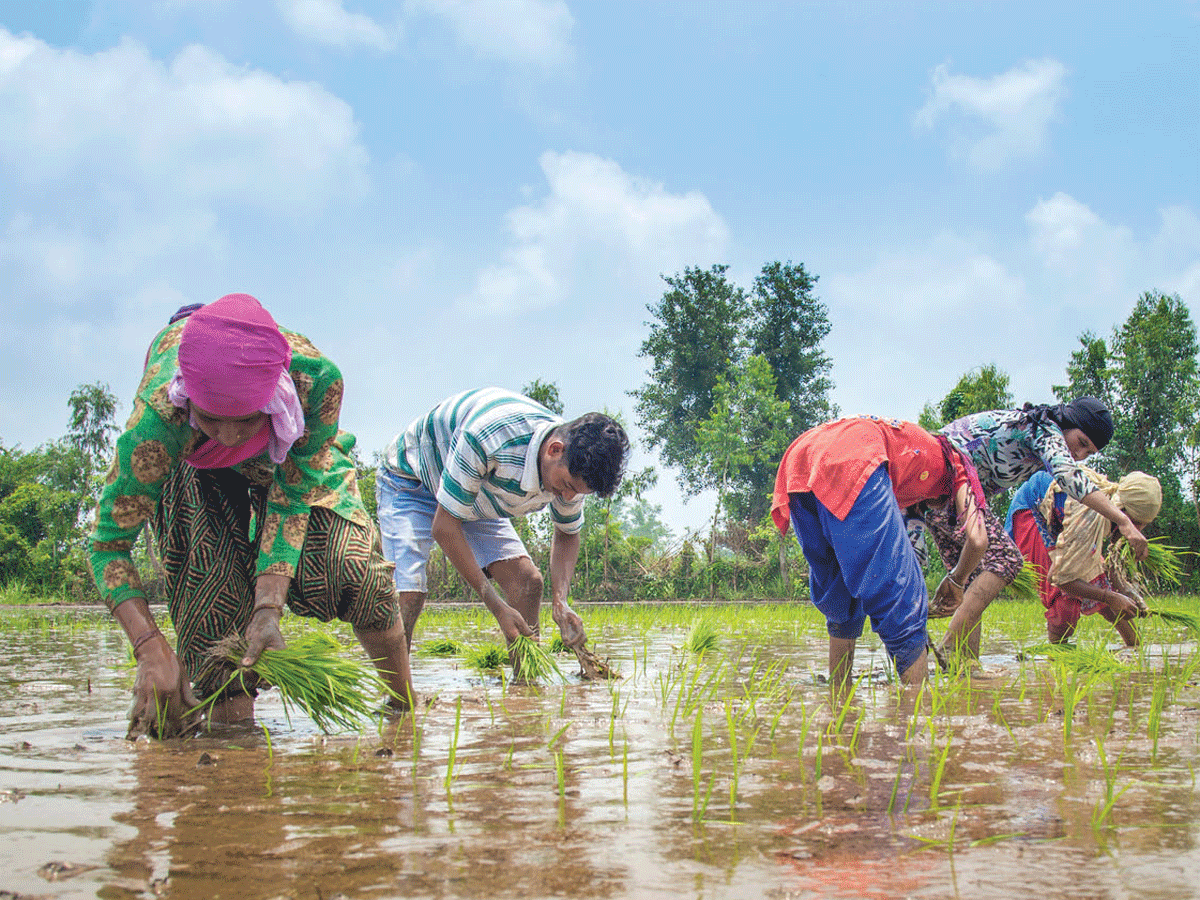
Agroforestry as a force multiplier for rural economic growth in India 2022?
It is a well-known reality that boosting our rural economy and speeding up the objective to double our farmers’ income are essential cogs in India’s sustainable growth paradigm. As agricultural production measurements improve, new revenue and job opportunities must be created.
Agroforestry has emerged as a significant possibility for creating meaningful value and employment in rural India, while also favorably improving our trade balance and contributing to our national climate and sustainability goals.
Today, India consumes roughly 90 million cbm (cubic meters) of wood, with more than 90% of that coming from non-forest trees. Although some of the wood is used in the paper and pulp business, the majority of it is utilized to make furniture. With a per capita consumption of $5 compared to a global average of $235, India’s furniture sector is severely underdeveloped.
As a result, the sector is severely fragmented, with low-value-added items accounting for the majority of contributions. One of the most pressing issues it has is obtaining high-quality, cost-effective inputs: certain raw materials, such as particleboard, are around 25% more expensive in India, implying that our exports are 27% more expensive than those of China.
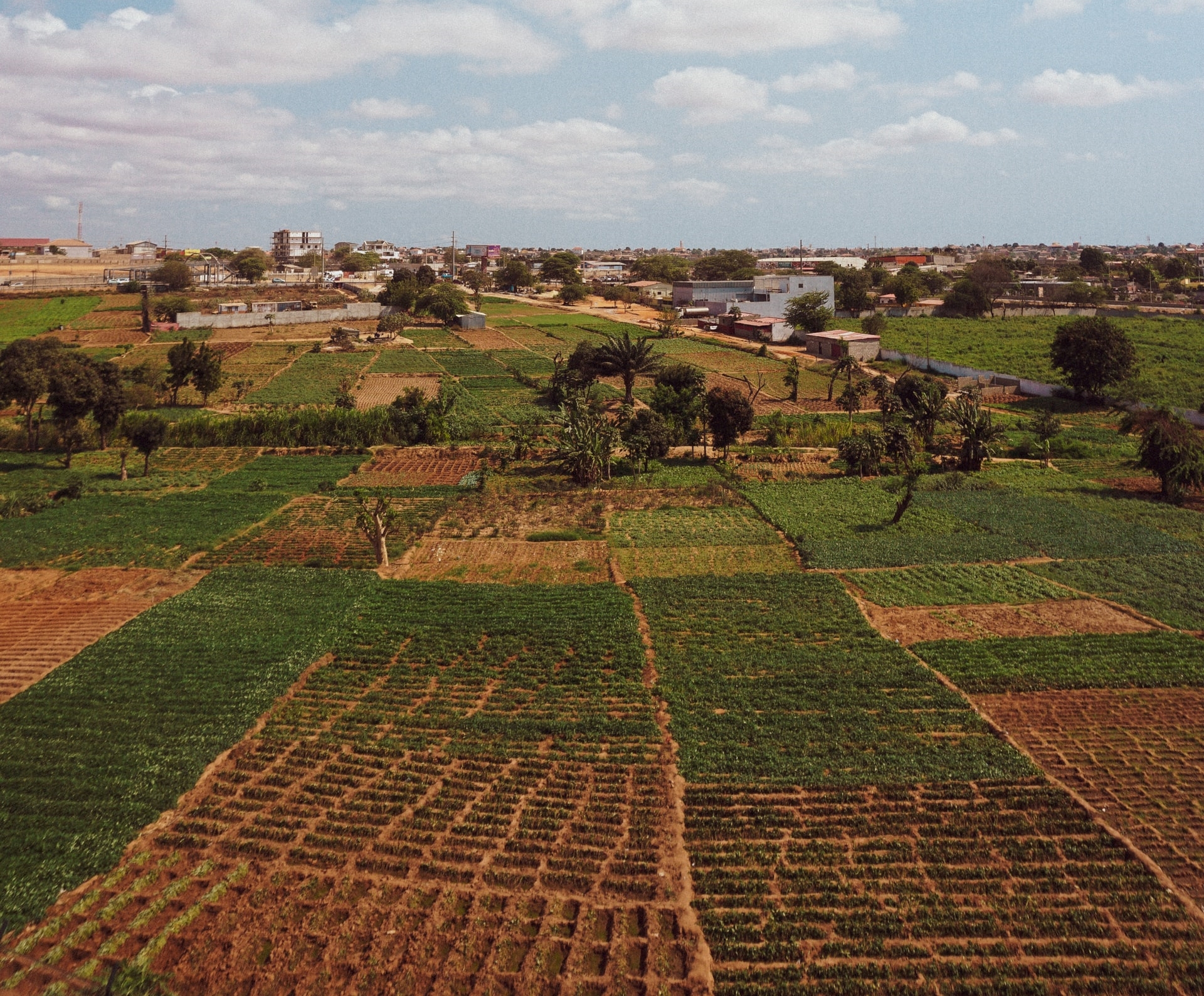
Beyond the metrics, which reveal significant obstacles, the business has enormous promise. The government’s attempts to resuscitate the real estate industry, as well as our strong consumer narrative, have positioned India for a demand boom. The industry’s expansion is dependent on a massive 4x rise in raw material supply, notably composite panel goods like MDF, plywood, and particle boards, which would necessitate an increase in timber supply of 110-115 million cbm, from roughly 85 million cbm to 200 million cbm.
While the present approach of importing wood and lumber may support this increase, the essential question is how India can tap into this growth and generate value for its farmers and rural businesses.
Beyond the metrics, which reveal significant obstacles, the business has enormous promise. The government’s attempts to resuscitate the real estate industry, as well as our strong consumer narrative, have positioned India for a demand boom. The industry’s expansion is dependent on a massive 4x rise in raw material supply, notably composite panel goods like MDF, plywood, and particle boards, which would necessitate an increase in timber supply of 110-115 million cbm, from roughly 85 million cbm to 200 million cbm.
While the present approach of importing wood and lumber may support this increase, the essential question is how India can tap into this growth and generate value for its farmers and rural businesses.
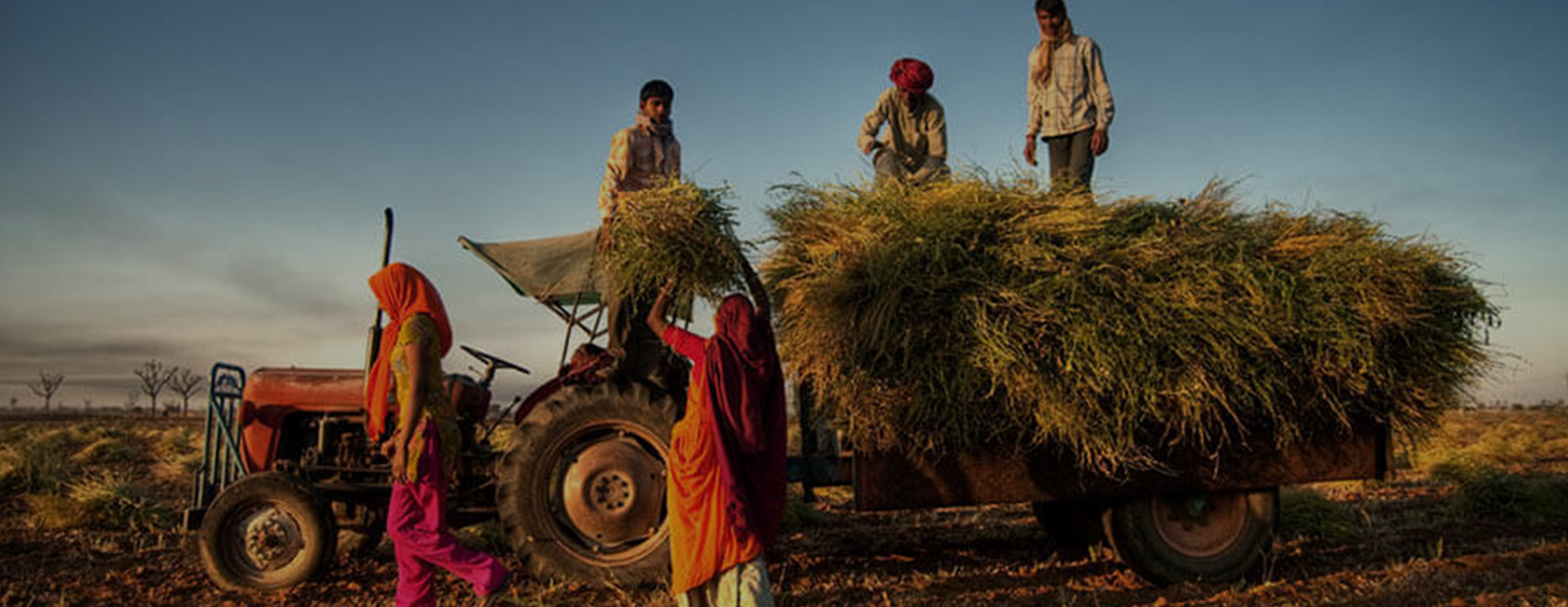
Countries like China have demonstrated how a regulatory framework that is aligned with country circumstances can assist unleash growth and promote self-reliance, with their composite panel goods industry growing more than 2.5 times in the previous decade.
So, what should India do to guarantee that “Aatmanirbharta” can meet its growing wood needs?
A four-pronged strategy is needed. First, a 5% shift in agriculture is required, with incentives directing farmers to switch from cash crops to forest plantations. The land change will not only enhance income streams from wood plantations, but it will also lower our cash crop excess and maybe improve cash crop realizations.
Second, agroforestry is being shifted from the forest to the agriculture sector. Today, farmed wood is considered forest produce, requiring governmental approval as well, discouraging farmers from planting trees. This transition can ensure that all agricultural economic gains are transferred to agroforestry growers as well.
Third, there is a need to improve the Ease of Doing Business for timber (composite panel goods) customers, which may be accomplished by eliminating licensing requirements for wood-based units and all other sectors that predominantly use “farm wood” and its products as raw materials. This would allow, rather than discourage, local producers and other consumers of farm wood from establishing long-term enterprises at plantation sites, creating jobs and livelihood prospects for farmers.
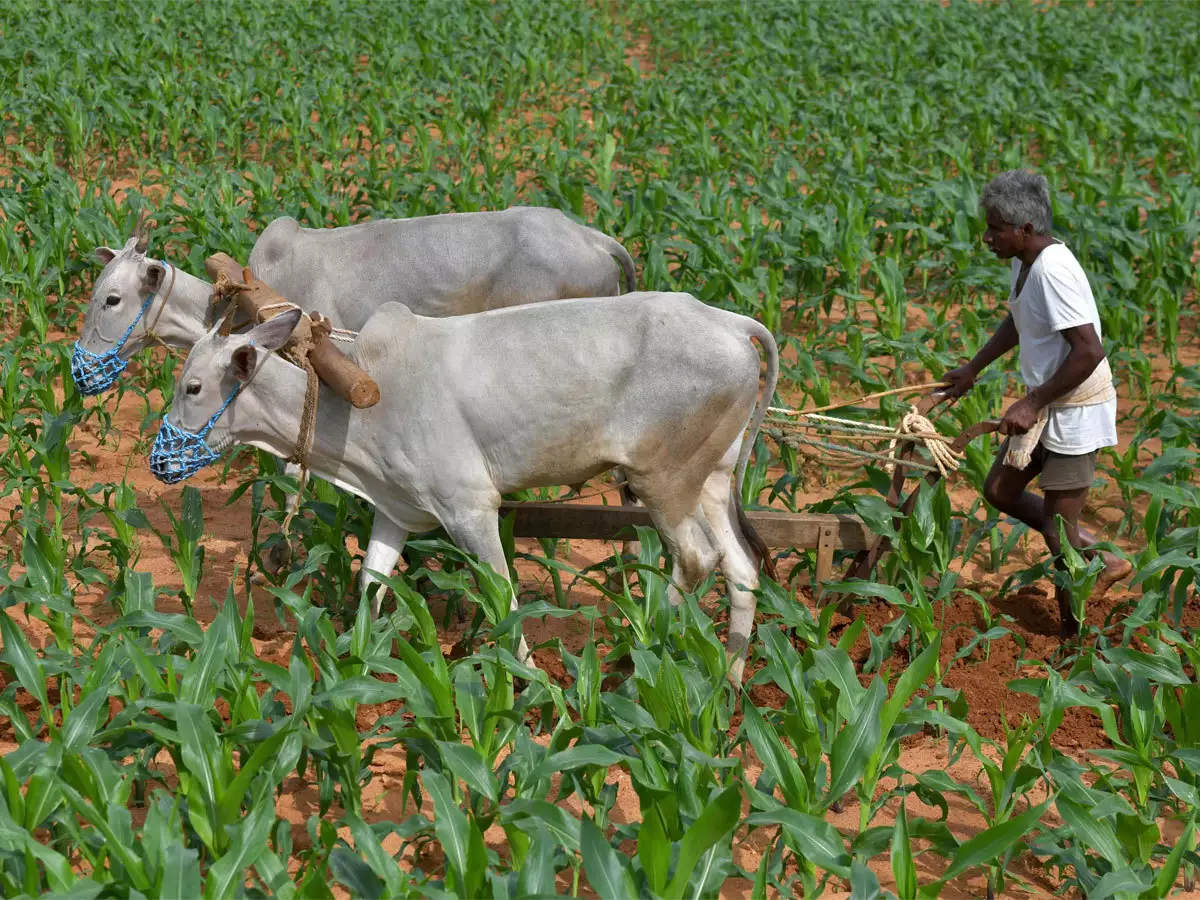
Fourth, the National Wood Council, which would include representatives from the ministries of forestry and agriculture and farmer welfare, will be established as a nodal institution to simplify the “chain of custody” for plantation and plantation-based goods.
Empowering our agroforestry business for long-term and sustainable growth may have considerable economic advantages, such as job creation and value creation, improved trade balance, and, ultimately, aiding in the achievement of our climate and sustainability goals. Plantations, localized primary processing facilities, and composite panel manufacturing businesses may employ around 2-2.5 million people.
The whole value chain, from 110-115 million cbm wood to furniture, has the potential to generate $150 billion in value-added products. Carbon sequestration is another key benefit: increased forest cover, particularly of “younger trees,” has a 2 billion metric tonne carbon sequestration potential by 2050.
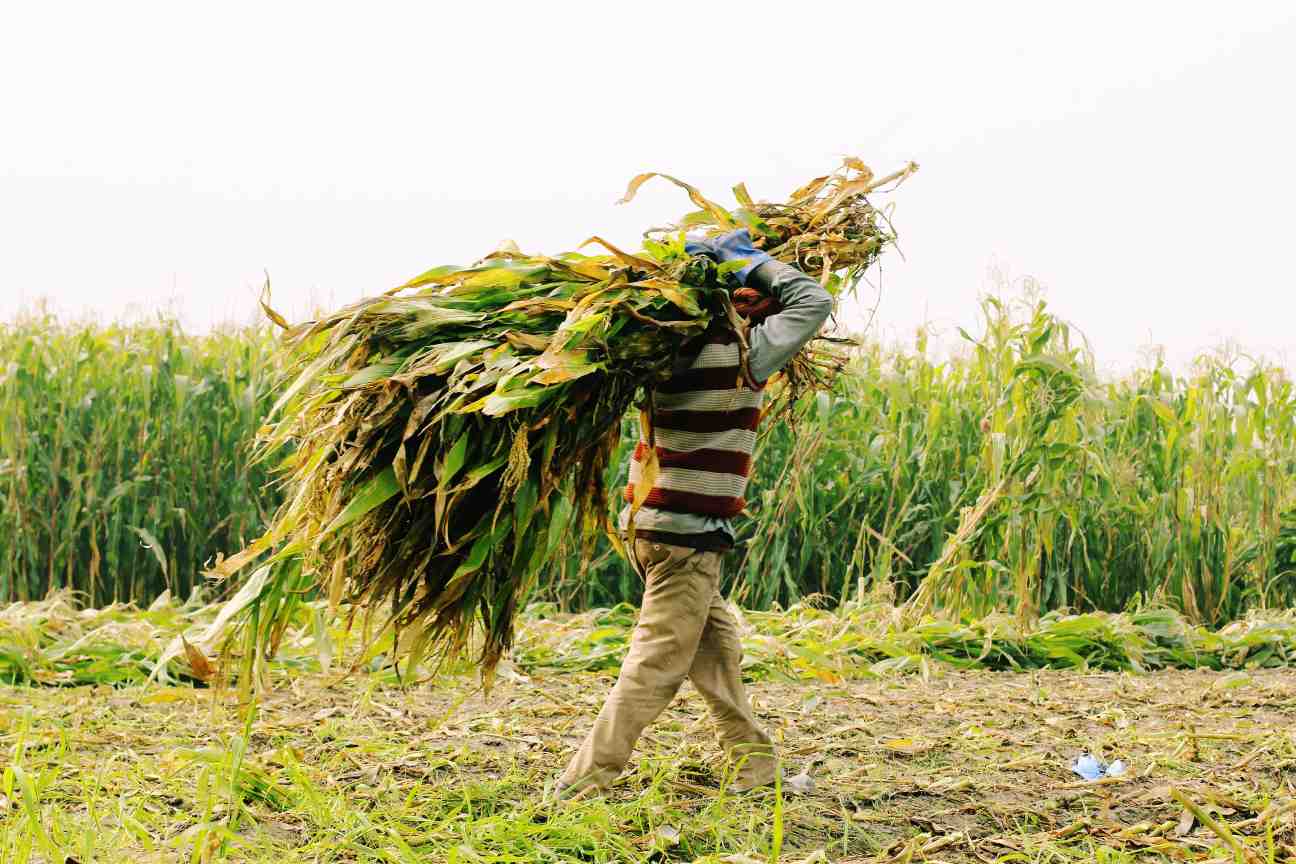
If given the correct enablers, regulations, and direction, the agroforestry business has the potential to change our rural economy. Because this is an economic activity with far-reaching repercussions across the larger Indian economy, it will necessitate the proactive engagement of several ministries and government agencies.




